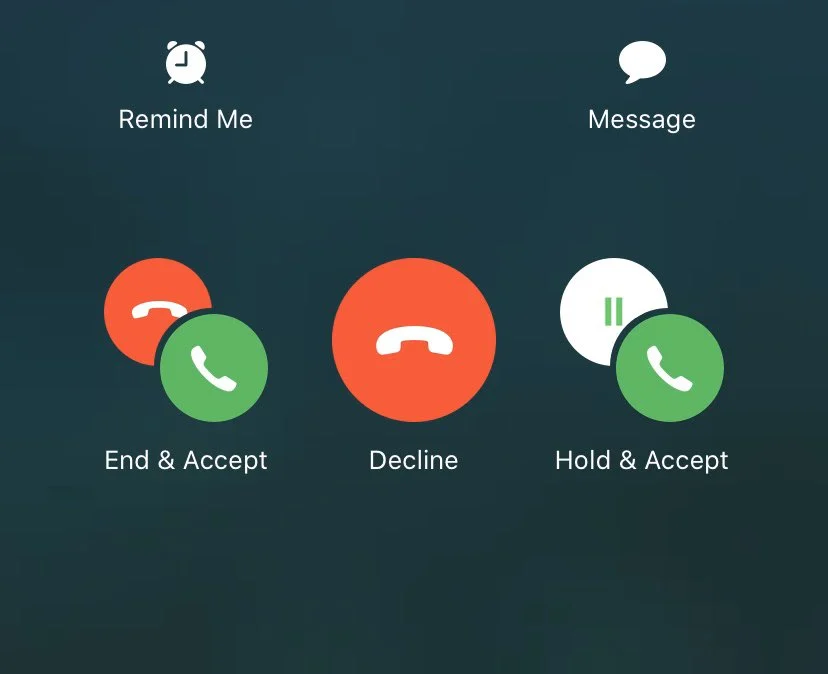Half-a-trillion-dollar industry
In 2022 the software industry’s market size was valued at USD 583.47 billion and is expected to grow at a rate of 11.5% annually over the next 6 years. source. By 2030, the global market revenue forecast is set to exceed 1.3 trillion dollars. This means there are software companies being started all the time, resulting in an abundance of software solutions and fierce competition to get it right the first time. And if they don’t, and another business is doing it better, users will ultimately make the switch, and they’ll lose out on a huge slice of that big pie. This is where UX comes in.
What is User Experience (UX)?
At its core, UX refers to the interaction a user has with a product or service. From the initial encounter to the final interaction, every step of the user journey is skillfully influenced by UX design. A seamless, intuitive, and delightful experience has become an expectation rather than a luxury for modern users. In software, UX encapsulates everything from how easy the application is to navigate, to how intuitively it responds to user inputs, and even to how aesthetically pleasing its interface is. Good UX design doesn’t just happen; it’s the result of a meticulous, user-centred approach.
In the fast-paced world of software development, the success of a project hinges on a multitude of factors. Among this diverse landscape of elements, UX stands tall as an indispensable and transformative force. The role of UX has emerged as a driving factor in creating products that resonate with users on a profound level.
So why is UX so crucial in the software industry?
Let’s explore the reasons why UX is crucial in the software industry and the significant impact it can have on businesses and users alike. We’ll also look at a real-life example of how one of the world’s biggest tech giants has stumbled when it comes to UX of a certain feature.
Users have grown accustomed to seamless digital interactions that cater to their needs and desires. Gone are the days when functionality alone sufficed to captivate users. In this hyper-connected age, users crave intuitive and effortless experiences that enhance their daily lives. They seek products that align seamlessly with their expectations, anticipate their needs, and deliver value with every interaction.
The difference between a good product and a great one often hinges on the quality of the user experience. Businesses that prioritise UX design and craft experiences tailored to their target audience gain a significant competitive advantage. A product with excellent UX not only stands out in a crowded market but also fosters a loyal customer base that keeps coming back for more. Positive word-of-mouth recommendations and satisfied users become powerful brand advocates, acting as ambassadors for the product and driving organic growth.
Conversely, the consequences of neglecting UX can be severe. Products that fail to meet user expectations, frustrate users, or provide a subpar experience are likely to face an uphill battle for success. Negative reviews, low retention rates, and decreased user engagement can quickly erode the reputation of even the most innovative products. In today’s age of social media and online reviews, word spreads fast, making it imperative for businesses to prioritise UX to avoid tarnishing their brand image.
Implementing UX is a multifaceted process that requires a deep understanding of users. It involves conducting thorough research to identify user needs, behaviours, and pain points. Successful UX design addresses user challenges and creates solutions that resonate with their preferences. Additionally, it requires continuous testing, analysis, and improvement to ensure the user experience remains consistently positive.
When tech giants get it wrong
Let’s look at that example to bring this to life. Picture this: you’re on the phone, in the middle of an important conversation when suddenly, another call comes in. You’re presented with three options - “End & Accept,” “Decline,” and “Hold & Accept.” At first glance, these options might seem straightforward, but in the heat of the moment, they can become perplexing and frustrating.

The crux of the problem lies in the fact that the options are remarkably similar and don’t offer clear differentiation. “Hold & Accept” implies that you’re juggling two calls, “Decline” means ending the current call, and “End & Accept” seems to suggest a combination of the two. However, the subtle nuances are easily lost in the chaos of the situation.
In this scenario, users often find themselves inadvertently disconnecting the active call instead of putting the current conversation on hold, or worse, ending both calls. The interface’s lack of visual distinction or intuitive labelling creates unnecessary confusion, resulting in errors that can be both embarrassing and frustrating.
What’s the solution?
A better approach would involve designing options that are more explicit and less prone to misinterpretation. For instance, using labels like “End Current Call,” and “End Current Call & Answer New Call” could significantly reduce the confusion users face. Or perhaps the screen in its current layout is just not fit for purpose and the information architecture needs a redesign.
It’s a reminder that even companies with impeccable design legacies can falter in providing a seamless user experience. The key takeaway here is that while streamlined aesthetics are essential, usability and clarity must never be compromised, especially in crucial moments like managing phone calls.
Conclusion
UX’s crucial role in the software industry stems from its ability to create seamless, intuitive interactions that users crave. The impact of UX goes beyond just product design; it influences brand perception, user loyalty, and ultimately, a company’s net income. As businesses continue to navigate the competitive market, investing in UX design becomes not just a choice but a strategic necessity to thrive and succeed in the software industry’s ever-changing landscape. And with such growth in the industry over the next 6 years, what better time to invest in UX.

